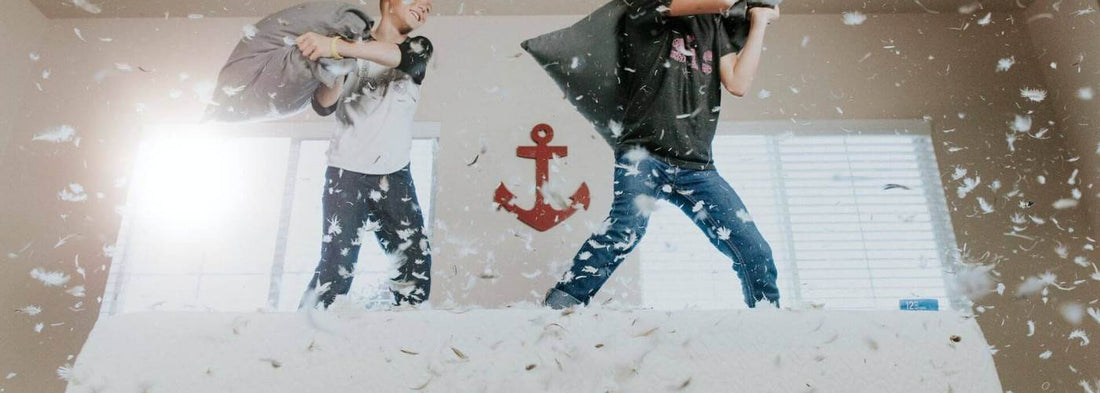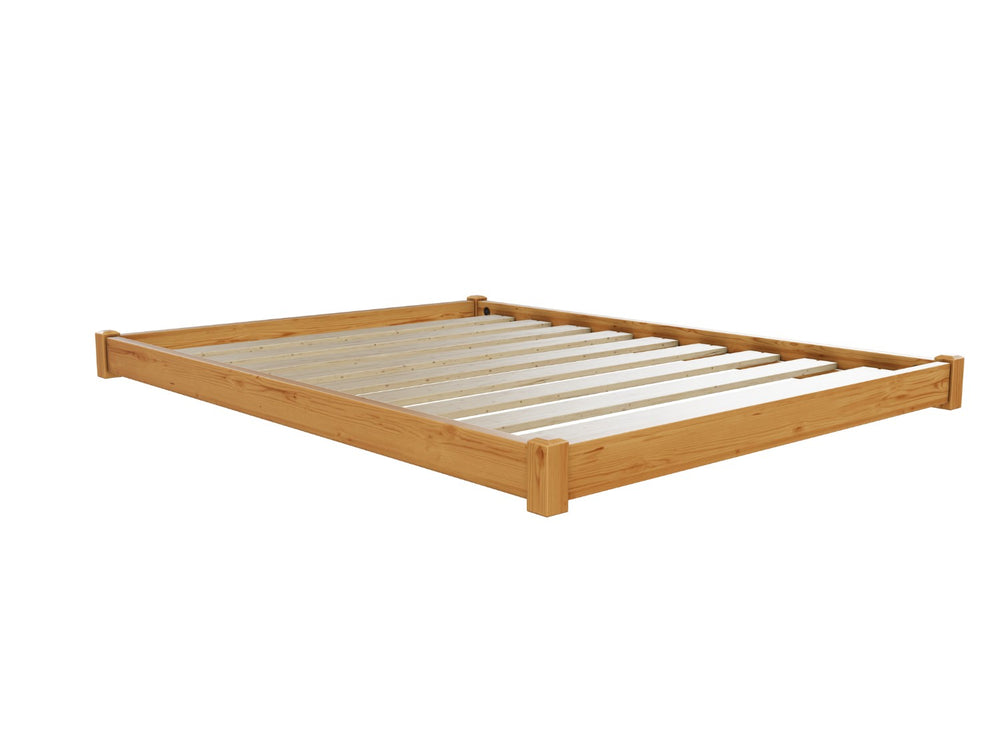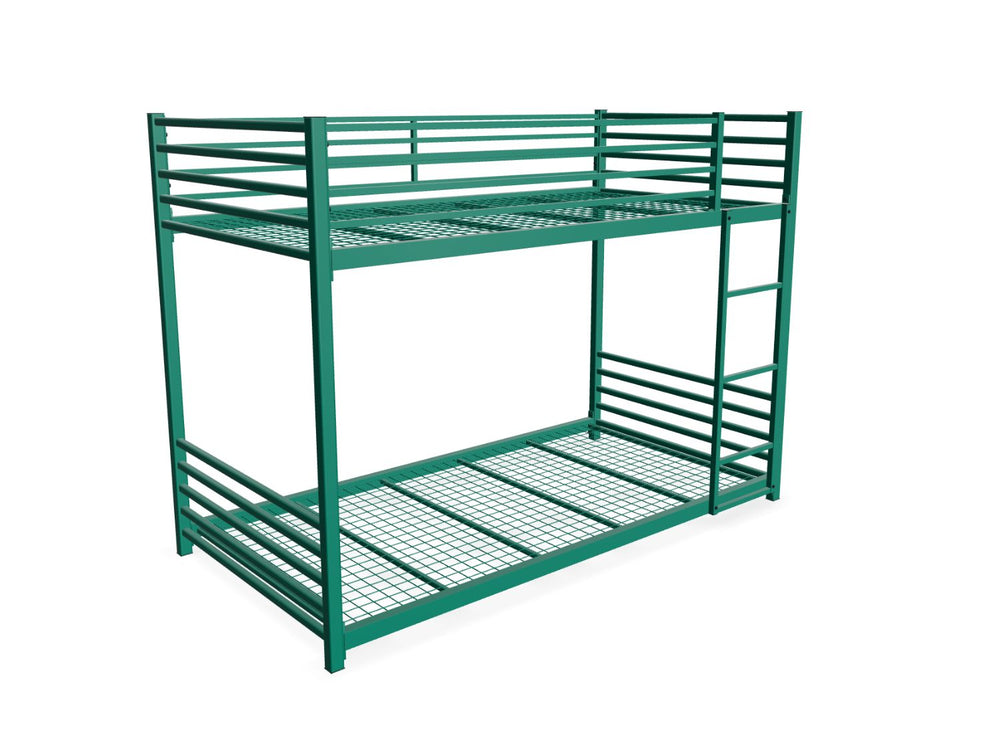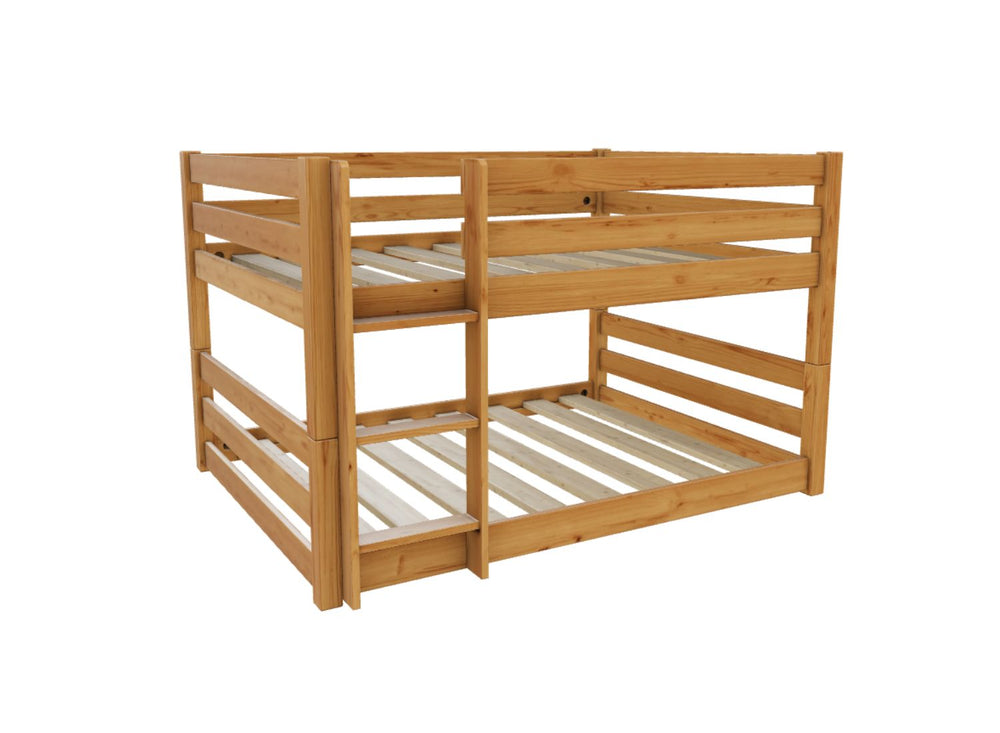
Montessori education is a child-centred approach that emphasises the development of independence, self-direction, and creativity. In recent years, Montessori-style beds have become increasingly popular among parents who are looking for an alternative to traditional cribs and toddler beds.
One of the most striking features of Montessori beds is that they are placed directly on the floor as a floor bed, without any kind of frame or support. This approach may seem unconventional at first, but it is based on a deep understanding of child development and offers numerous benefits for children's physical and emotional wellbeing.
In this article, we will explore the reasons why Montessori beds are placed on the floor, the benefits of this approach, and how parents can incorporate this practice into their child's sleep routine.
The Origins of Montessori Beds on the Floor
The Montessori approach to education was developed in the early 20th century by Maria Montessori, an Italian physician and educator. Montessori believed that children learn best through self-directed exploration and discovery and that the role of the teacher is to provide a prepared environment that supports this process.
Montessori's ideas about education also extended to the design of the physical environment, including furniture and other materials. She believed that children should have access to furniture that is sized and designed for their individual needs, rather than being forced to adapt to adult-sized furniture.
One of the most distinctive features of Montessori-style beds is that they are placed directly on the floor, without any kind of frame or support. This design reflects Montessori's belief that children should have freedom of movement and be able to explore their environment without unnecessary obstacles.

The Benefits of Montessori Beds on the Floor
While the idea of a bed on the floor may seem unusual to many parents, there are several benefits to this approach that have been recognized by educators and child development experts.
Encourages Independence and Self-Determination
Placing a bed on the floor allows children to have greater control over their sleeping environment. They can easily get in and out of bed on their own, without needing assistance from an adult. This promotes independence and self-determination, which are important values in the Montessori approach to education.
Supports Motor Development
Sleeping on the floor also allows children to move freely and develop their gross motor skills. When children are able to climb in and out of bed on their own, they are developing their balance, coordination, and strength. This can have a positive impact on their overall physical development.
Provides a Safe Sleeping Environment
Montessori-style beds are often designed with safety in mind. They are typically low to the ground, which reduces the risk of falls and injuries when compared to alternative options like bunk beds. What’s more, because there are no bars or rails around the bed, children can move around freely without the risk of getting stuck or trapped.
Promotes a Sense of Calm and Security
Sleeping on the floor can also have a calming effect on children. When they are closer to the ground, they may feel more grounded and secure. This can be particularly beneficial for children who are prone to anxiety or who have trouble sleeping.

How to Incorporate Montessori Beds into Your Child's Sleep Routine
If you are interested in incorporating a Montessori-style bed into your child's sleep routine, there are several things to consider:
First, it is important to choose a bed that is appropriate for your child's age and size. Montessori-style beds are typically designed for children between the ages of 18 months and 6 years old. It is also important to choose a bed that is safe and meets all relevant safety standards.
Second, you may want to consider creating a sleeping environment that is designed to support the principles of the Montessori approach. This can include providing child-sized furniture, such as low shelves and tables, and creating a space that encourages exploration and independence.
Third, it is important to establish a consistent sleep routine for your child. This can include setting a regular bedtime, creating a calming bedtime routine, and ensuring that your child's sleep environment is free from distractions.
Finally, it is important to remember that every child is different, and what works for one child may not work for another. If you are considering a Montessori-style bed for your child, it is important to pay attention to your child's individual needs and preferences and to make adjustments as necessary.
Conclusion
Montessori-style beds are an innovative approach to sleep for children that emphasises independence, safety, and self-determination. Placing a bed on the floor can promote gross motor development, provide a safe sleeping environment, and promote a sense of calm and security.
If you are interested in incorporating a Montessori-style bed into your child's sleep routine, it’s important to choose a bed that is appropriate for your child's age and size, establish a consistent sleep routine, and pay attention to your child's individual needs and preferences. By doing so, you can help your child develop important life skills and create a safe and nurturing sleep environment that promotes their overall health and wellbeing.
If you’re interested in adopting the Montessori approach and investing in a floor bed for your child, head over to the Endurance Beds store here.

Nicholas Forth

Director
Nick has put his 15 years of industry expertise into his blog posts. With the goal of making customers more informed, he provides insight into bed design, durability, and the best choices for different lifestyles and needs. His writing combines technical knowledge with practical advice, helping readers understand what really matters when choosing a bed or mattress. Whether breaking down material differences, exploring trends in bedroom design, or sharing tips on maximising comfort, he ensures every post is both educational and easy to follow.










